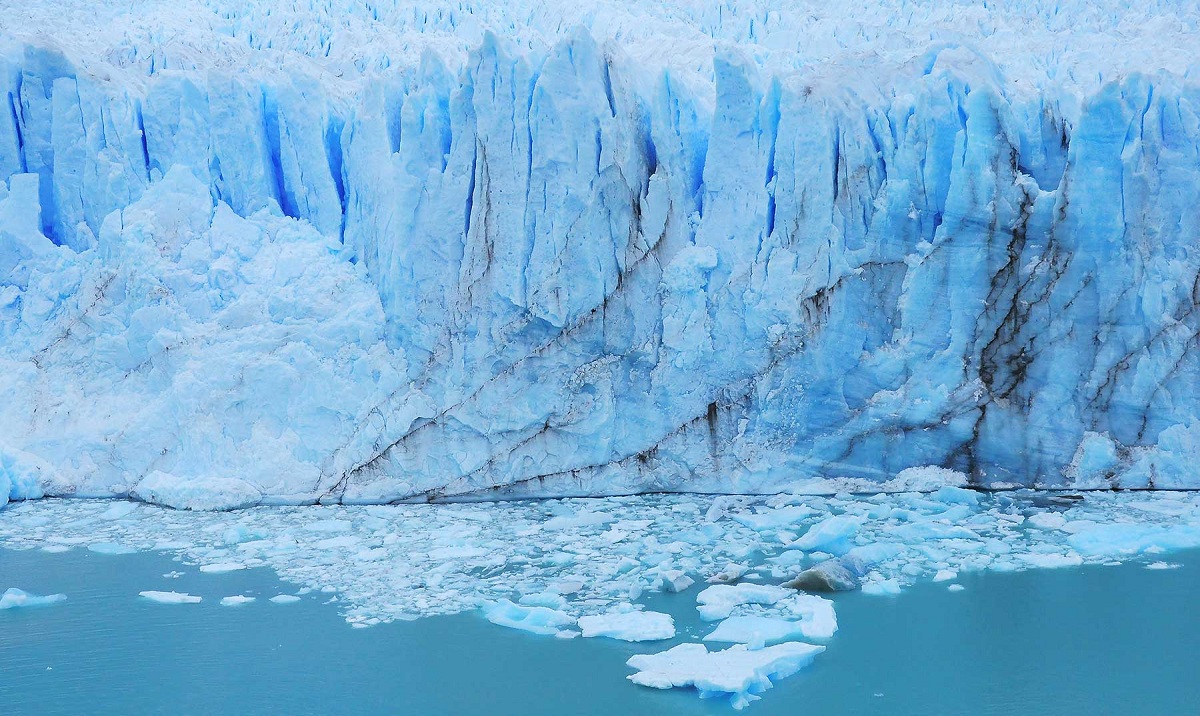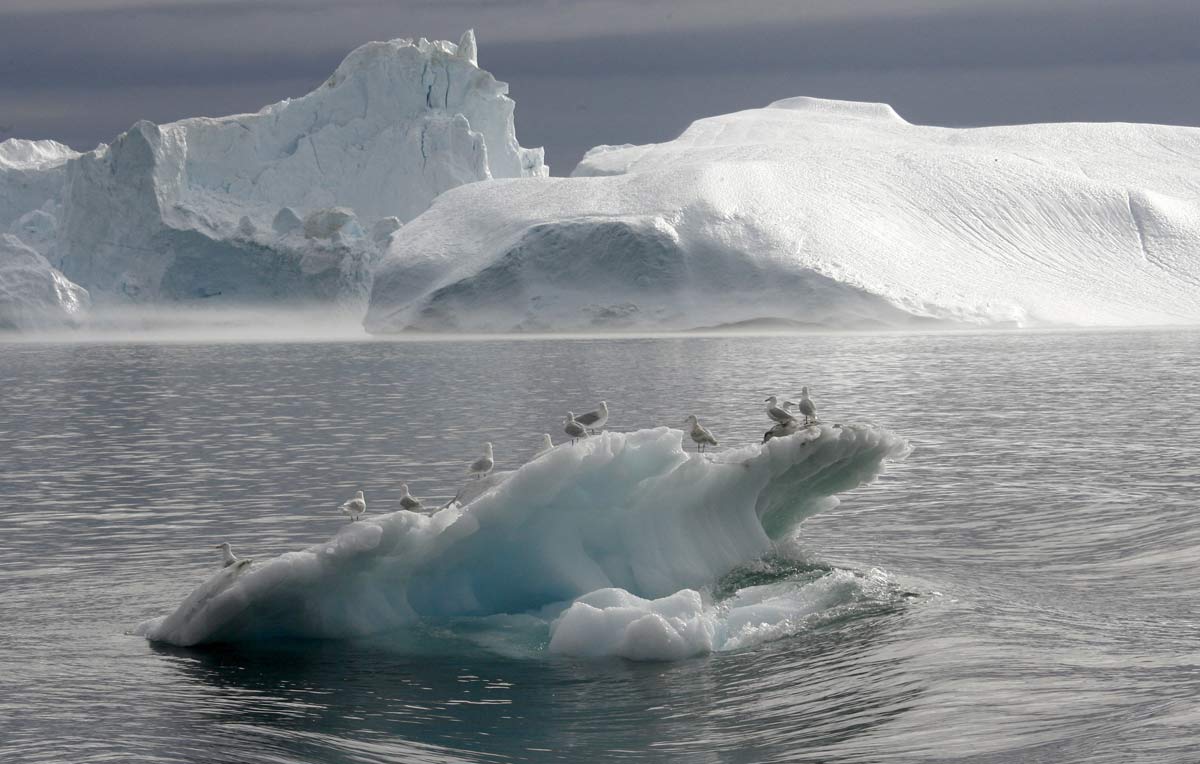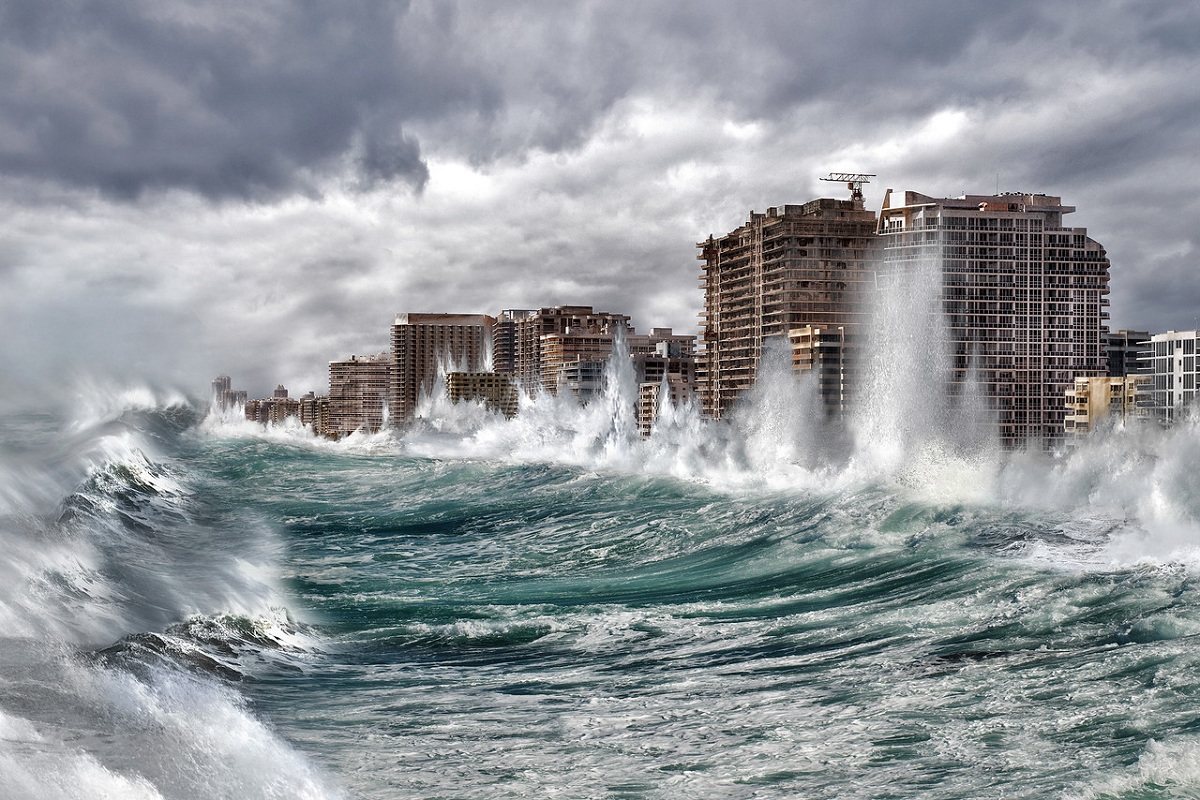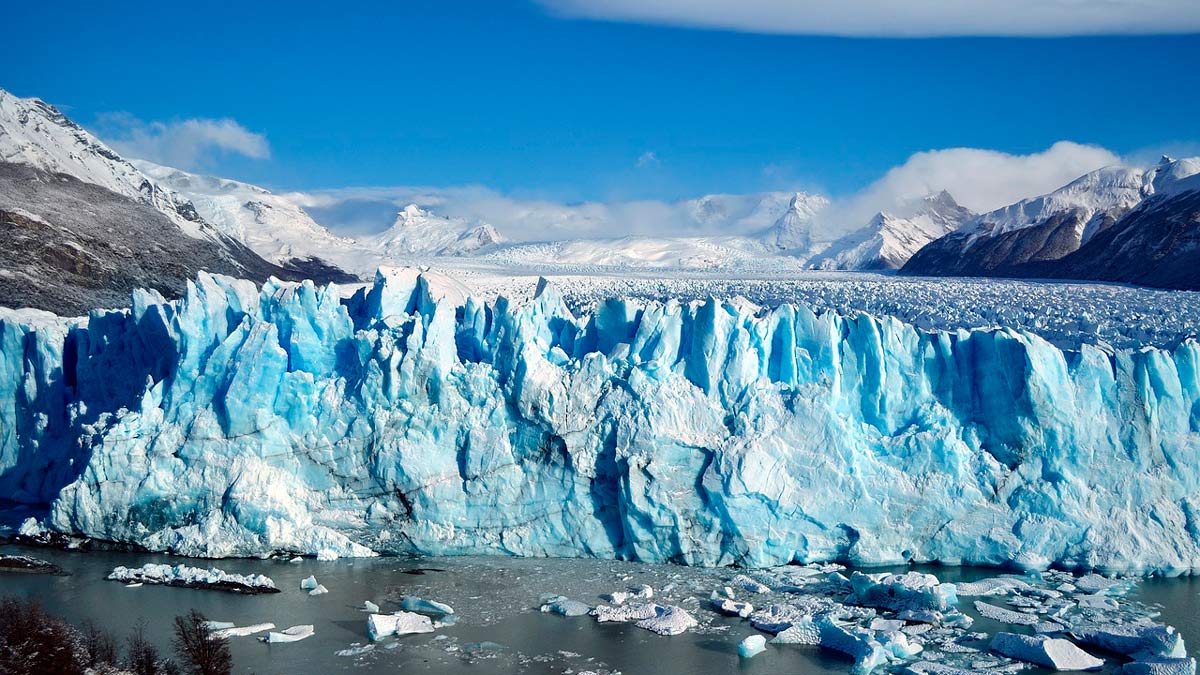
As we already know, each year our planet is left with less area covered by ice caps. Rising global temperatures due to the increased greenhouse effect are wreaking havoc on natural ecosystems that depend on ice for survival. The consequences of the thaw are more serious than you think. Therefore, we are going to dedicate this article to tell you everything you need to know about consequences of the thaw.
If you want to know more about this topic, this is your post.
Shrinking ice sheets

The situation that the planet lived before with respect to now is very different. Due to global warming, the Arctic is progressing to a total thaw at twice or three times the speed of the rest of the world. Ice plays a vital role for numerous animal species such as polar bears. Usually, in the month of September is when there is a greater retreat of the ice sheets. Today, during these months is when the thickness of the ice sheets has been reduced to half.
The main reason why the ice sheets are decreasing each year at a faster rate is due to the heat transport chain coming from Ecuador. This acceleration of global warming will cause a summer in which there will be no ice in the Arctic shortly.
Compared to a few decades ago, we will speak of multi-year ice. This type of ice is the one that is formed and that is capable of lasting after the passage of the seasons and the years. In this way, layers of ice are formed as strata from which a large amount of information can be extracted. However, with the increase in annual temperatures each year is warmer than the previous one. For this reason, almost all the ice that can be observed this first year. That is, that it has formed during the current season and that it will probably disappear with the time of the thaw.
The ice that forms in a winter sun has a much smaller thickness than the one that forms and endures year after year. By having a smaller thickness, if the temperature is slightly higher than usual, it can probably melt in just one summer.
Consequences of the thaw

As expected, if an ecosystem has forged all its interactions both at the level of flora and fauna, bacteria and fungi, it is not very crazy to think that the consequences of thawing can be disastrous. We are going to analyze the consequences of the thaw one by one.
Decrease in terrestrial albedo
First of all we must know what albedo is. The consequences of the large-scale thaw are quite dramatic for our planet. Although many people do not name it smell they understand albedo is a very important factor for global warming. It is the percentage of solar radiation that the earth's surface reflects or returns to the atmosphere.
As we know, the sun in day a lot of solar rays towards the earth. This amount of solar rays on the earth's surface and, Depending on the color of the surface, it will return more or less amount of solar radiation back to the atmosphere. The lightest colors, white being the most, are responsible for reflecting that incident solar radiation. It is logical to think that one of the consequences of the thaw is the reduction in the amount of solar radiation that is reflected because the ice will already be to reflect it. On the contrary, the sea escapes from absorbing heat by having a darker color. Let's not forget that black absorbs heat.
If the ice sheets disappear, the reduction in albedo would lead to even greater retention of heat from the Earth's surface and a greater increase in global temperatures. It is being observed that, as the sea ice disappears, the snows on the coast melt much faster during the spring season. This is because the air masses are warmer and arrive from the clear sea.
Rising sea levels
We must not confuse the melting of the Arctic with the melting of Antarctica. The Arctic thaw is not situated on a land surface. That is, if the ice at the north pole ends up melting sea level will not be affected. We can verify this fact when we put a glass of water with ice. When the ice ends up completely melting we see that the water level in the glass is the same. This is because the ice has a higher volume but lower density. That is, it occupies a greater space housing less amount of water. In such a way that, when it melts, it replaces the volume it occupied by the amount of water it had accumulated.
However, one of the consequences of the most serious thaw is the melting of the polar ice caps of Antarctica. In this case, the ice is located above a land surface. In such a way that, if the ice melts, all that large amount of retained water will end up raising the sea level.
Increase in methane emissions
Methane gas is one of the greenhouse gases that is capable of retaining the most amount of heat. If the ice at the north pole melts completely during the summer months, all bodies of water can heat up to about 7 degrees, absorbing a greater amount of solar radiation. In this case, there is already ice that is capable of reflecting solar radiation. Therefore, it reaches the seabed and increasing the emissions of methane gas retained in the permafrost.
Permafrost is the soil that remains frozen for years and years. This is what we mentioned before when we referred to multi-year ice.
Jet stream
This jet stream is what separates the north pole from lower latitude air masses. Melting ice in this area slows down the jet stream. This produces that meteorological systems such as droughts, floods and heat waves have a greater frequency and intensity. If this effect persists over time, global food production may be in serious jeopardy.
I hope that with this information you can learn more about the consequences of the thaw.

